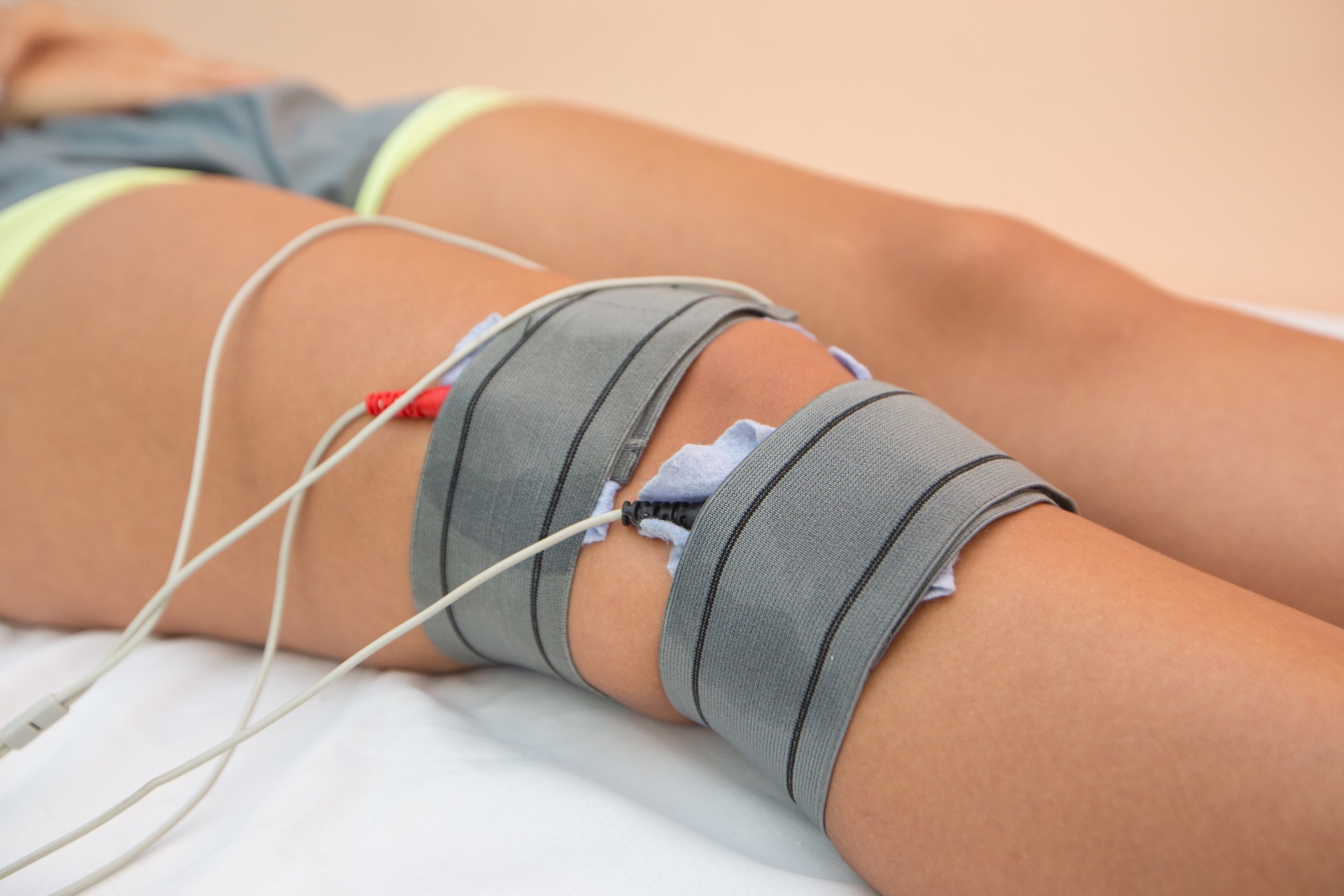Essential Insights and Facts on Prosthetic Knee Replacement
Prosthetic knee replacement is a surgical procedure designed to alleviate chronic knee pain and improve mobility for individuals suffering from severe knee joint damage. This article provides a comprehensive overview of prosthetic knee replacement, including its purpose, procedure, recovery process, and long-term outcomes. Understanding the key aspects of this treatment can help patients make informed decisions about their knee health and explore potential solutions for persistent knee pain.

What is prosthetic knee replacement surgery?
Prosthetic knee replacement surgery, also known as total knee arthroplasty, is a medical procedure that involves replacing damaged or worn parts of the knee joint with artificial components. The surgery aims to reduce pain, restore function, and improve the quality of life for individuals suffering from severe knee arthritis or other debilitating knee conditions. During the procedure, the surgeon removes damaged cartilage and bone from the knee joint and replaces them with prosthetic components made of metal, plastic, or ceramic materials.
Who is a candidate for prosthetic knee replacement?
Candidates for prosthetic knee replacement typically include individuals who experience chronic knee pain that significantly impacts their daily activities and quality of life. Common conditions that may lead to the need for knee replacement surgery include osteoarthritis, rheumatoid arthritis, post-traumatic arthritis, and severe knee injuries. Patients who have exhausted conservative treatment options such as medication, physical therapy, and lifestyle modifications without significant improvement may be considered for surgery. A thorough evaluation by an orthopedic specialist is necessary to determine if a patient is suitable for prosthetic knee replacement.
What does the prosthetic knee replacement procedure involve?
The prosthetic knee replacement surgery is typically performed under general or regional anesthesia and usually takes about one to two hours. During the procedure, the surgeon makes an incision in the front of the knee to access the joint. The damaged surfaces of the femur (thighbone) and tibia (shinbone) are carefully removed and reshaped to accommodate the prosthetic components. The artificial knee joint, consisting of metal and plastic parts, is then securely implanted. The kneecap may also be resurfaced with a plastic component if necessary. Once the prosthetic components are in place, the surgeon closes the incision with sutures or staples.
What is the recovery process after prosthetic knee replacement?
Recovery from prosthetic knee replacement surgery is a gradual process that typically involves several stages. Immediately after surgery, patients are encouraged to begin moving their knee and may start walking with assistance within 24 hours. Physical therapy plays a crucial role in recovery, helping patients regain strength, flexibility, and range of motion in the knee. Most individuals can expect to stay in the hospital for a few days following the procedure. The initial recovery period usually lasts about six weeks, during which time patients will need to use a walker or crutches for support. Full recovery and return to normal activities can take several months, with continued improvement observed for up to a year after surgery.
What are the potential risks and benefits of prosthetic knee replacement?
Prosthetic knee replacement surgery offers significant benefits for many patients, including reduced pain, improved mobility, and enhanced quality of life. However, like any surgical procedure, it also carries potential risks. Benefits of successful knee replacement include the ability to resume daily activities with less pain, improved knee function, and potentially better overall health due to increased physical activity. Risks associated with the surgery may include infection, blood clots, implant loosening, and nerve or blood vessel damage. It’s important for patients to discuss these potential risks and benefits thoroughly with their healthcare provider before deciding to undergo prosthetic knee replacement surgery.
What is the long-term outlook for patients with prosthetic knee replacements?
The long-term outlook for patients who have undergone prosthetic knee replacement is generally positive. Modern knee prostheses are designed to last for many years, with many implants functioning well for 15 to 20 years or more. However, the lifespan of a prosthetic knee can vary depending on factors such as the patient’s age, activity level, and overall health. Some patients may eventually require a revision surgery to replace worn components or address complications. Regular follow-up appointments with an orthopedic specialist are important to monitor the prosthetic knee’s performance and address any concerns promptly. Many individuals who have undergone knee replacement report significant improvements in their quality of life and ability to participate in daily activities with reduced pain and increased mobility.
This article is for informational purposes only and should not be considered medical advice. Please consult a qualified healthcare professional for personalized guidance and treatment.




